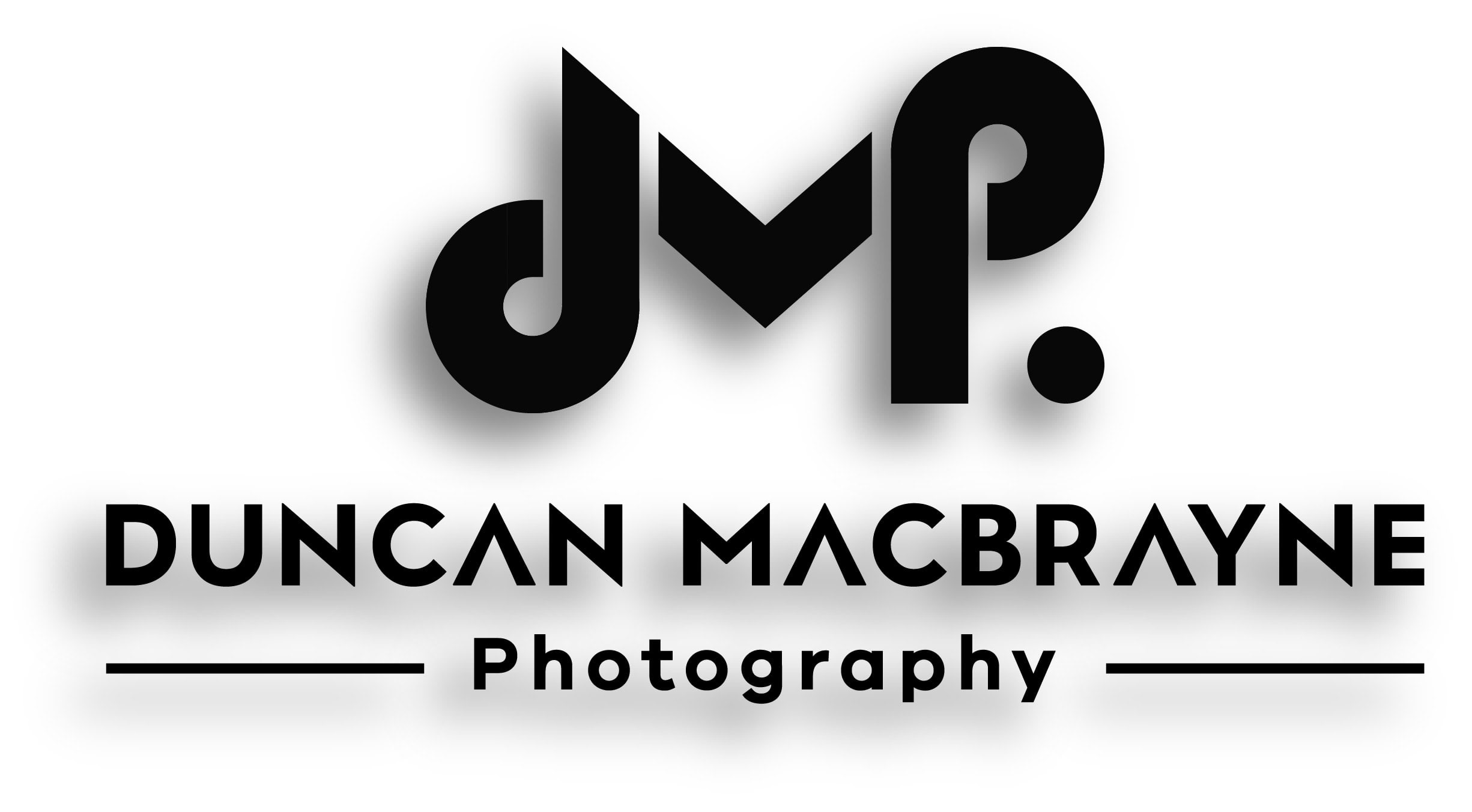RHONDDA TUNNEL, SOUTH WALES

Photographed on behalf of StoryComms PR Agency, Birmingham, the Historical Railways Estate and Highways Agency, England.
This assignment was perhaps the most physically and technically challenging photo shoot that I have been commissioned to undertake for many years.
I was commissioned by StoryComms PR Agency in Birmingham https://www.wearestorycomms.com/ to photograph the tunnel. The pur pose of the shoot is to raise general awareness of the work being done on the tunnel to preserve it whilst planning and funding is put in place to restore and fully reopen it to the public. The proposed plan to reopen the tunnel is as bold as it is exciting.
Built by The Rhondda & Swansea Bay Railway, the tunnel opened in 1890 to carry coal & passengers from the Arfan Valley through the Rhondda to Swansea. Following the 'Beeching Cuts,' it was closed in 1970. At 3148 metres long, the Rhondda Tunnel is the 3rd longest in Wales and the 11th longest in the UK. As it was never envisaged that the tunnel would ever be used or needed again, the entrances at the north and south ends were completely sealed. Over time, the deep cuttings through which the tracks entered and exited the tunnel, were filled in and landscaped (and in the case of the northern end), houses were constructed on top of the infill.
In the intervening years, the tunnel has been in the caring hands of Tony Moon and his passionate team of experts at the Rhondda Tunnel Society (https://www.rhonddatunnelsociety.co.uk/ ), who not only regularly carry out safety inspections inside the tunnel but look forward to it's grand reopening! Recently, the tunnel was structurally inspected and found to be in excellent condition.
The bold plan is to generate investment in order to unseal the tunnel, renovate and improve the structure. The shared vision that the Rhondda Tunnel Society and local authorities have is to pave it and make it a fantastic pedestrian cycle and walking route. The restored tunnel will connect the mountain cycle paths and trails of the Arfan with the coast. This new connection will allow people to travel from the two areas free of the need to use a conventional road. This will in turn provide a huge boost to the local tourist economy and firmly put the Arfan and Rhondda Valleys back on the map. It will also provide many much needed new jobs and bring back to life an incredible piece of Wales's railway heritage.
Fast forward to the spring of 2022, the UK's Historical Estate (part of Highways England) became very keen to raise awareness in their role in helping the RTS to bring the Rhondda Tunnel back to life. I was commissioned to accompany Tony Moon and his team into the Tunnel not only to photograph the tunnel as it is now but also the work of the engineers who look after it.
I mentioned earlier that this assignment was, for me, the most challenging physically and technically I have experienced -possibly ever! For one thing - the only way into the tunnel is through a small man hole located on the infilled section of the cutting located at the southern end of the tunnel. Climbing carefully down some 60 feet in 2 stages down a metalled shaft , I arrived at the bottom to be greeted by Tony who pointed to a skate board and a horizontal concrete culvert exiting the base of the shaft. I was instructed to lay down face down flat onto a skateboard which had a rope attached to it. Steve (one of the engineers waiting at the other end of the culvert actually inside the railway tunnel), then pulled me through the culvert into the pitch black, dank, very wet and muddy tunnel. The only light in the tunnel came from the torches fixed to their helmets.
The technical challenge was as simple as it was difficult. No ambient light, pitch dark conditions; very damp (at times flooded), dank and dirty conditions. Certainly not the kind of conditions expensive and vulnerable camera equipment likes to be used in. the task at hand was to photograph the actual tunnel interior and the team carrying out their safety work with the minimum of lighting. Anything I used I had to bring with me. Of course, I already knew that I would be facing that challenge before I arrived on site. I had already figured that I did not want to use flash as it would produce too harsh a light source and more problematically, wouldn't effectively illuminate the long distances I would need it to. However, I came up with a very effective technique which was both versatile and easy to use. I bought 4 LED battery powered builders lamps from Screwfix which I could place in recesses and behind objects. Combining them with the bright LED miners lamps attached to everyone's helmets, I was able to create extremely precise lighting effects. Using my Nikon Z6 camera set at ridiculously high ISO's, combined with in camera noise reduction filters - I was able to shoot everything hand held with no need for a tripod whatsoever! I used a single 24-200 zoom lens therefore avoiding the need to change lenses. The main reason for this was to avoid exposing the camera sensor to the extremely damp air which would have caused major problems.
The physical challenge of the job was the 7 hours of working underground and the nearly 5 mile trek to the northern end of the tunnel and back. Tired from the long and uncomfortable walk, the task of then having to exit the tunnel via a skateboard and a 60 foot vertical climb wasn't appealing!
However, the photographic results I achieved far exceeded my expectations in terms of both technical and creative quality. My clients were ecstatic and Highways England were blown away with the powerful visual impact of my images. Job done!

